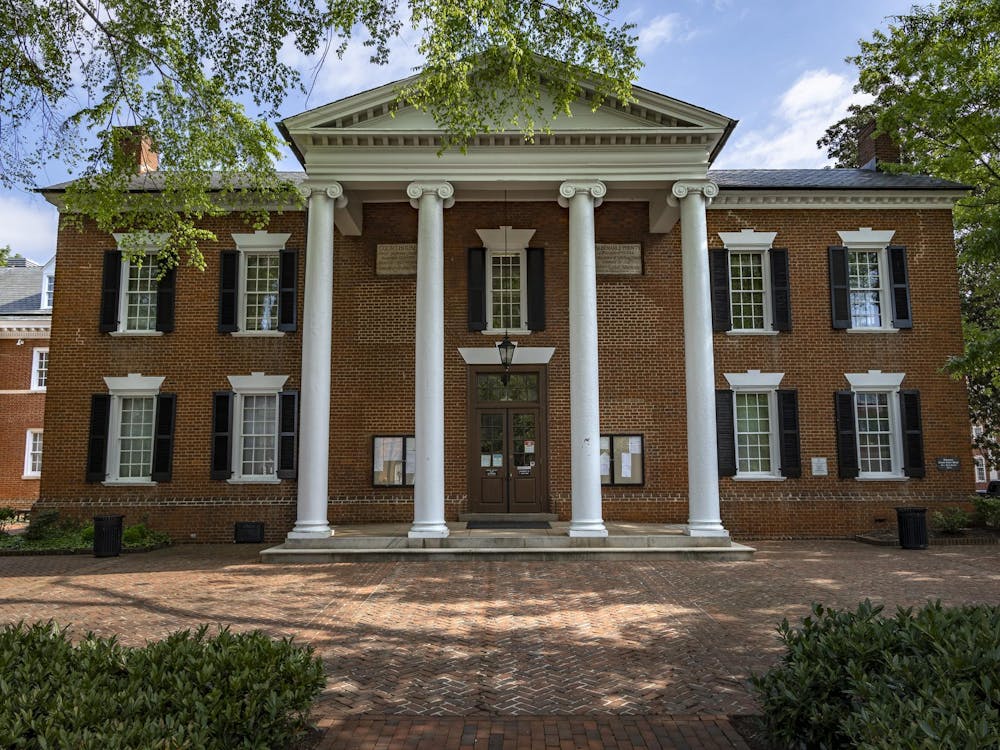There is perhaps nothing more important for the development of the educated mind as achieving literacy. Today, literacy is the key to academic and professional success. Around the world, 84.1 percent of adults are literate, meaning they can read and write with proficiency.
In recent years, the term “global literacy” has come to mean something beyond just the ability to read and write. Colloquially, “global literacy” implies a degree of understanding and critical examination of the way the world is organized. This includes exposure to diversity, both on a local and international scale.
The publication of Harper Lee’s “Go Set a Watchman” and the controversy that followed revealed how certain works of literature play a key role in the American psyche. To many, the revelation of Atticus Finch as a racist in “Watchman” was heartbreaking, as it undermined his role as a fair and just man in “To Kill a Mockingbird.” For many Americans, “To Kill a Mockingbird” was their introduction to the harsh cruelties of the Jim Crow South.
Other novels such as “The Great Gatsby,” “The Catcher in the Rye” and “Of Mice and Men” are just as central to American literature as Lee’s first novel. These books were integral to my education, as well as the educations of millions of other Americans. However, it is time for a reevaluation and restructuring of the English-language literary canon in order to promote global literacy.
White men have traditionally dominated much of English language literature. Names such as Salinger, Fitzgerald and Steinbeck will always be important in the American consciousness. However, shaping curricula to include more diverse narratives will create a generation of globally literate Americans.
Junot Diaz, a Pulitzer-prize winning author and professor at MIT, has been vocally critical of the “whiteness” of the American literary canon. Much of his criticism has been aimed toward Masters of Fine Arts Programs. In an essay for the New Yorker, Diaz describes his MFA program at Cornell: “Race was the unfortunate condition of nonwhite people that had nothing to do with white people and as such was not a natural part of the Universal of Literature.” He continues, “I was a person of color in a workshop whose theory of reality did not include my most fundamental experiences as a person of color — that did not in other words include me.”
The “We Need Diverse Books” campaign states its mission statement is to advocate “essential changes in the publishing industry to produce and promote literature that reflects and honors the lives of all young people.” While it is important to encourage diversity through the publishing industry itself, introducing more diverse works into the standard canon read in schools will create more of a space for diverse narratives to take hold. After all, the publishing industry will respond to demand as much as any other business in a market economy.
This year, Fieldston Lower School and the Ethical Culture School in New York City implemented a controversial program which, according to New York Magazine, would “boost self-esteem and a sense of belonging among minority kids while combating the racism, subtle or otherwise, that can permeate historically white environments.” While it is too early to judge the success of this program, as well as that of similar diversity initiatives in schools (many of which have popped up within the past five years), the same goal can be accomplished by changing what students read in school. If American students read Arundhati Roy, Marjane Satrapi, Jorge Luis Borges and Junot Diaz, diversity and inclusion would not need to be taught retroactively.
The complexities of the adult world are difficult to come to grips with. However, there is no reason conversations about race (for example) need to be limited to adulthood. In second grade, I read Lois Lowry’s “Number the Stars” in my English class. The novel was my introduction to the Holocaust, told through the story of a young Jewish girl escaping from Copenhagen during World War II. When I read the novel, the Holocaust became part of my understanding of reality. Introducing a more diverse set of books will incorporate much-needed themes of racial and other kinds of diversity into the collective consciousness of American children, lessons which will make for thoughtful, grounded, and globally inclined citizens.
Mary Russo is a Senior Associate Editor for The Cavalier Daily. She can be reached at m.russo@cavalierdaily.com.






